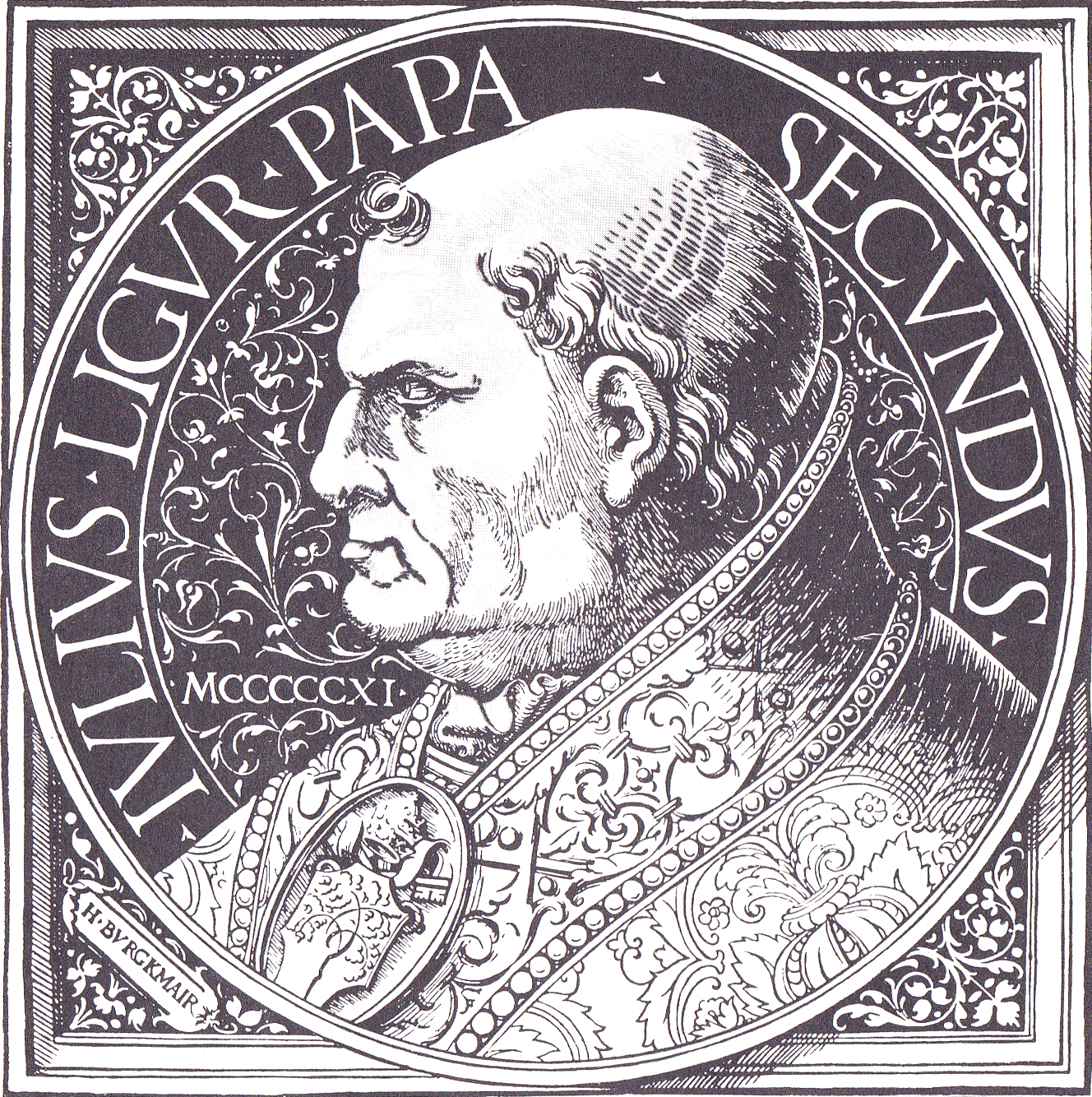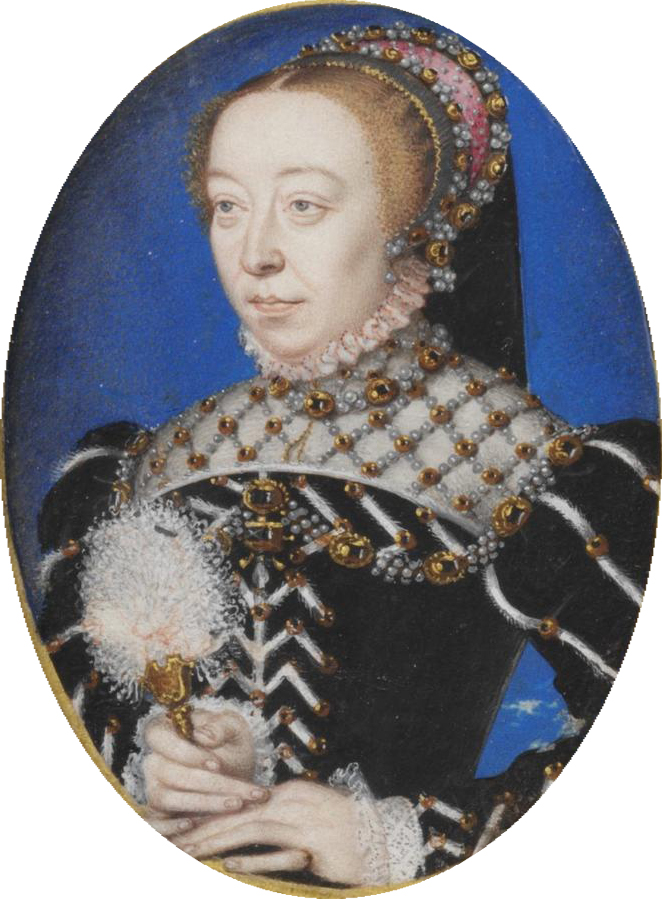|
Bernardo De' Medici
Bernardo de' Medici (died 1519) was an Italian Roman Catholic prelate who served as Bishop of Forlì (1516–1519). ''(in Latin)'' Biography On 15 Nov 1516, Bernardo de' Medici was appointed during the papacy of Pope Julius II as Bishop of Forlì A bishop is an ordained member of the clergy who is entrusted with a position of authority and oversight in a religious institution. In Christianity, bishops are normally responsible for the governance and administration of dioceses. The role .... He served as Bishop of Forlì until his death in 1519. References External links * (for Chronology of Bishops) * (for Chronology of Bishops) 16th-century Italian Roman Catholic bishops Bishops appointed by Pope Julius II 1519 deaths Bishops of Forlì {{16C-Italy-RC-bishop-stub ... [...More Info...] [...Related Items...] OR: [Wikipedia] [Google] [Baidu] |
Catholic Church
The Catholic Church (), also known as the Roman Catholic Church, is the List of Christian denominations by number of members, largest Christian church, with 1.27 to 1.41 billion baptized Catholics Catholic Church by country, worldwide as of 2025. It is among the world's oldest and largest international institutions and has played a prominent role in the history and development of Western civilization.Gerald O'Collins, O'Collins, p. v (preface). The church consists of 24 Catholic particular churches and liturgical rites#Churches, ''sui iuris'' (autonomous) churches, including the Latin Church and 23 Eastern Catholic Churches, which comprise almost 3,500 dioceses and Eparchy, eparchies List of Catholic dioceses (structured view), around the world, each overseen by one or more Bishops in the Catholic Church, bishops. The pope, who is the bishop of Rome, is the Papal supremacy, chief pastor of the church. The core beliefs of Catholicism are found in the Nicene Creed. The ... [...More Info...] [...Related Items...] OR: [Wikipedia] [Google] [Baidu] |
Roman Catholic Diocese Of Forlì-Bertinoro
The Diocese of Forlì-Bertinoro () is a Latin diocese of the Catholic Church in Romagna, Italy. Until 1986 it was known as the Diocese of Forlì, in existence perhaps from the fourth century. In that year the Diocese of Bertinoro was united to it. The diocese is suffragan to the Archdiocese of Ravenna-Cervia."Diocese of Forli-Bertinoro" ''''. David M. Cheney. Retrieved September 25, 2016 "Diocese of Forlì–Bertinoro" ''GCatholic.org''. Gabriel Chow. Retrieved September 25, 2016 History ...
|
Pietro Griffo
Pietro Griffo (Latin: ''Petrus Griffus'') (died 1516) was an Italian Roman Catholic prelate who served as Bishop of Forlì (1512–1516). ''(in Latin)'' Biography On 31 Oct 1512, Pietro Griffo was appointed by Pope Julius II as Bishop of Forlì A bishop is an ordained member of the clergy who is entrusted with a position of authority and oversight in a religious institution. In Christianity, bishops are normally responsible for the governance and administration of dioceses. The role .... He served as Bishop of Forlì until his death in 1516. References 16th-century Italian Roman Catholic bishops Bishops appointed by Pope Julius II 1516 deaths Bishops of Forlì {{16C-Italy-RC-bishop-stub ... [...More Info...] [...Related Items...] OR: [Wikipedia] [Google] [Baidu] |
Leonardo De' Medici
Leonardo de' Medici was a Roman Catholic prelate who served as Bishop of Forlì (1519–1526). ''(in Latin)'' Biography On 14 Mar 1519, Leonardo de' Medici was appointed during the papacy of Pope Leo X as Bishop of Forlì A bishop is an ordained member of the clergy who is entrusted with a position of authority and oversight in a religious institution. In Christianity, bishops are normally responsible for the governance and administration of dioceses. The role .... He served as Bishop of Forlì until his resignation in 1526. References External links * (for Chronology of Bishops) * (for Chronology of Bishops) 16th-century Italian Roman Catholic bishops Bishops appointed by Pope Leo X Bishops of Forlì {{16C-Italy-RC-bishop-stub ... [...More Info...] [...Related Items...] OR: [Wikipedia] [Google] [Baidu] |
Bishop Of Forlì
A bishop is an ordained member of the clergy who is entrusted with a position of authority and oversight in a religious institution. In Christianity, bishops are normally responsible for the governance and administration of dioceses. The role or office of the bishop is called episcopacy or the episcopate. Organisationally, several Christian denominations utilise ecclesiastical structures that call for the position of bishops, while other denominations have dispensed with this office, seeing it as a symbol of power. Bishops have also exercised political authority within their dioceses. Traditionally, bishops claim apostolic succession, a direct historical lineage dating back to the original Twelve Apostles or Saint Paul. The bishops are by doctrine understood as those who possess the full priesthood given by Jesus Christ, and therefore may ordain other clergy, including other bishops. A person ordained as a deacon, priest (i.e. presbyter), and then bishop is understood to hold ... [...More Info...] [...Related Items...] OR: [Wikipedia] [Google] [Baidu] |
Pope Julius II
Pope Julius II (; ; born Giuliano della Rovere; 5 December 144321 February 1513) was head of the Catholic Church and ruler of the Papal States from 1503 to his death, in February 1513. Nicknamed the Warrior Pope, the Battle Pope or the Fearsome Pope, it is often speculated that he had chosen his papal name not in honor of Pope Julius I but in emulation of Julius Caesar. One of the most powerful and influential popes, Julius II was a central figure of the High Renaissance and left a significant cultural and political legacy. As a result of his policies during the Italian Wars, the Papal States increased their power and centralization, and the office of the papacy continued to be crucial, diplomatically and politically, during the entirety of the 16th century in Italy and Europe. In 1506, Julius II established the Vatican Museums and initiated the rebuilding of the St. Peter's Basilica. The same year he organized the famous Swiss Guard for his personal protection and commanded a su ... [...More Info...] [...Related Items...] OR: [Wikipedia] [Google] [Baidu] |
Catholic-Hierarchy
''Catholic-Hierarchy.org'' is an online database of bishops and dioceses of the Latin Church and the 23 Eastern Catholic Churches that are in full communion with Rome. The website, not officially sanctioned by the Church, is run as a private project by David M. Cheney in Kansas City. Origin and contents In the 1990s, David M. Cheney created a simple internet website that documented the Catholic bishops in his home state of Texas—many of whom did not have webpages. In 2002, after moving to the Midwest, he officially created the present website catholic-hierarchy.org and expanded to cover the United States and eventually the world. The database contains geographical, organizational and address information on each Catholic diocese in the world, including Eastern Catholic Churches in full communion with the Holy See, such as the Maronite Catholic Church and the Syro-Malabar Church. It also gives biographical information on current and previous bishops of each diocese, such as d ... [...More Info...] [...Related Items...] OR: [Wikipedia] [Google] [Baidu] |
16th-century Italian Roman Catholic Bishops
The 16th century began with the Julian year 1501 (represented by the Roman numerals MDI) and ended with either the Julian or the Gregorian year 1600 (MDC), depending on the reckoning used (the Gregorian calendar introduced a lapse of 10 days in October 1582). The Renaissance in Italy and Europe saw the emergence of important artists, authors and scientists, and led to the foundation of important subjects which include accounting and political science. Copernicus proposed the heliocentric universe, which was met with strong resistance, and Tycho Brahe refuted the theory of celestial spheres through observational measurement of the 1572 appearance of a Milky Way supernova. These events directly challenged the long-held notion of an immutable universe supported by Ptolemy and Aristotle, and led to major revolutions in astronomy and science. Galileo Galilei became a champion of the new sciences, invented the first thermometer and made substantial contributions in the fields of phy ... [...More Info...] [...Related Items...] OR: [Wikipedia] [Google] [Baidu] |
Bishops Appointed By Pope Julius II
A bishop is an ordained member of the clergy who is entrusted with a position of Episcopal polity, authority and oversight in a religious institution. In Christianity, bishops are normally responsible for the governance and administration of dioceses. The role or office of the bishop is called episcopacy or the episcopate. Organisationally, several Christian denominations utilise ecclesiastical structures that call for the position of bishops, while other denominations have dispensed with this office, seeing it as a symbol of power. Bishops have also exercised political authority within their dioceses. Traditionally, bishops claim apostolic succession, a direct historical lineage dating back to the original Twelve Apostles or Saint Paul. The bishops are by doctrine understood as those who possess the full Priest#Christianity, priesthood given by Jesus in Christianity, Jesus Christ, and therefore may ordain other clergy, including other bishops. A person ordained as a deacon, pri ... [...More Info...] [...Related Items...] OR: [Wikipedia] [Google] [Baidu] |
1519 Deaths
__NOTOC__ Year 1519 ( MDXIX) was a common year starting on Saturday of the Julian calendar, the 1519th year of the Common Era (CE) and ''Anno Domini'' (AD) designations, the 519th year of the 2nd millennium, the 19th year of the 16th century, and the 10th and last year of the 1510s decade. Events January–March * January 1 – Ulrich Zwingli preaches for the first time, as people's priest of the Great Minister in Zurich. * January 12 – Maximilian I, Holy Roman Emperor, dies at the age of 59 after a reign of slightly less than 11 years. An imperial election by the leaders of the various member states of the Empire is scheduled for June 28. * February 10 – The Spanish conquistador Hernán Cortés and his conquistadores depart from Cuba toward the island of Cozumel in Mexico to begin a mission of conquest. * February 18 – Because of the large population of Jews included converts to Christianity ("New Christians") in the colony of Portuguese India a ... [...More Info...] [...Related Items...] OR: [Wikipedia] [Google] [Baidu] |




